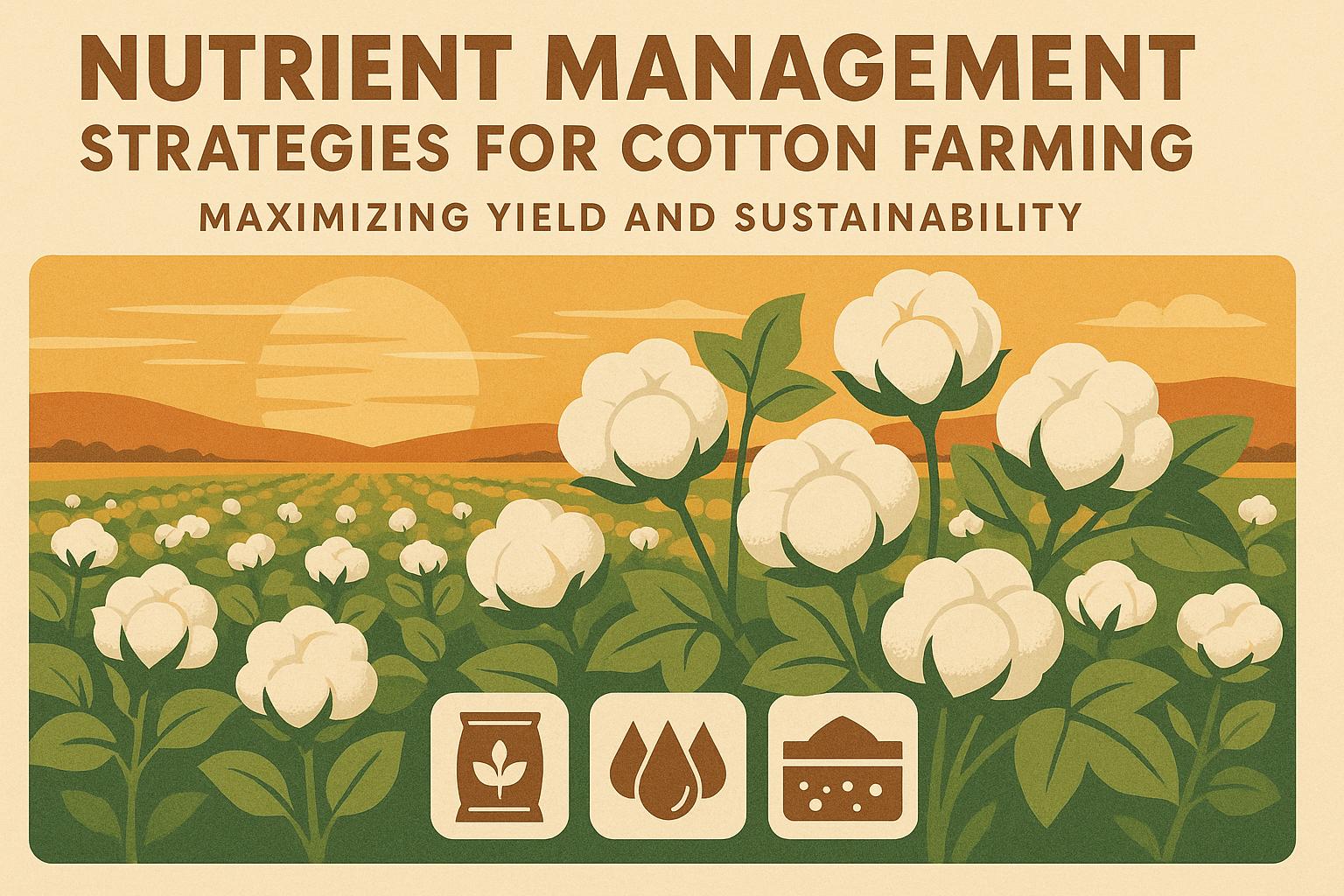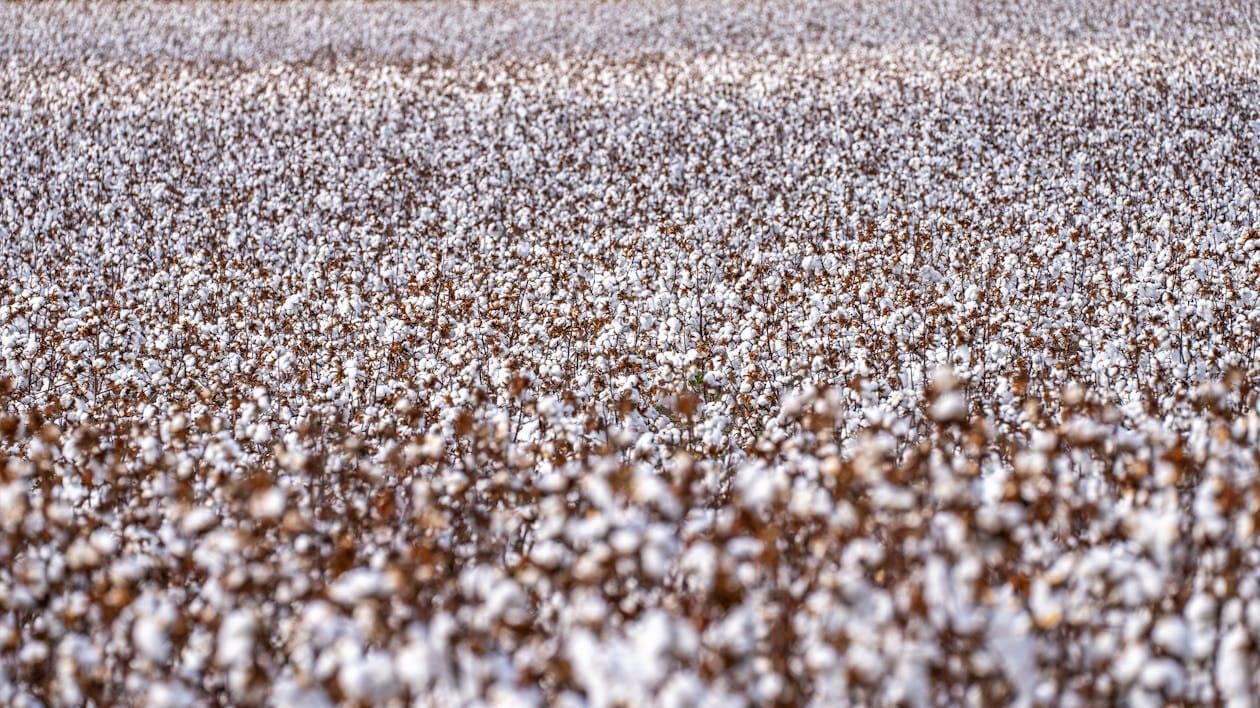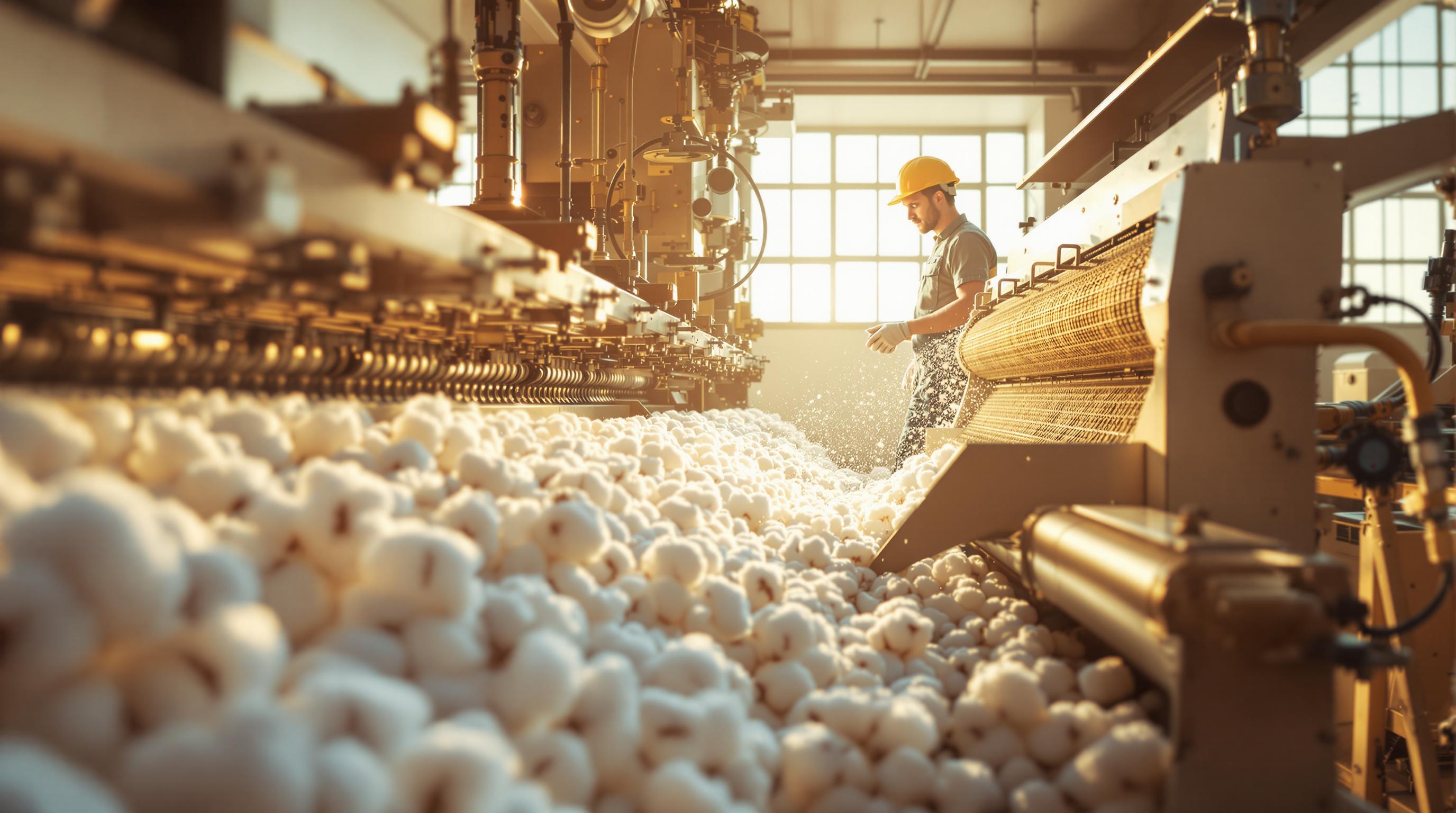Texas has long secured its reputation as the powerhouse of U.S. cotton production, and 2025 has solidified this status further. Producing approximately 40% of the nation’s cotton, the Lone Star State not only dominates in scale but also leads in innovation, technological adoption, and sustainable practices. For anyone involved in the cotton industry - whether as farmers, gin operators, or stakeholders - understanding the key factors behind Texas’s preeminence can provide valuable insights into enhancing their own operations.
This article explores how Texas became, and continues to be, the epicenter of cotton farming in the United States, focusing on its favorable geography, cutting-edge agricultural technologies, and commitment to sustainability.
A Legacy Rooted in Geography
The foundation of Texas’s cotton supremacy lies in its unique and diverse geography. The state is home to several key regions perfectly suited for cotton cultivation:
1. The High Plains
Located in west Texas, the High Plains account for a significant portion of the state’s cotton output. With flat terrain, semi-arid conditions, and widespread access to underground water sources like the Ogallala Aquifer, this region thrives on large-scale mechanized farming. Technological advancements in irrigation have allowed farmers to maximize yields even in water-scarce environments.
2. The Rolling Plains
South of the High Plains, this region benefits from slightly higher rainfall and well-drained soils. Farmers here have embraced precision agriculture technologies such as GPS-guided tractors and data-driven irrigation systems, allowing for efficient input management and higher yields.
3. The Blacklands
Central Texas’s Blacklands are characterized by their rich, dark soils that are ideal for cotton cultivation. Moderate rainfall and a long growing season contribute to robust yields, while crop diversification and sustainable soil practices ensure long-term viability.
4. The Trans-Pecos Region
Far west Texas presents a unique challenge with its arid climate and rugged terrain. However, efficient irrigation systems drawing from the Rio Grande, coupled with drought-tolerant cotton varieties, have made this region a valuable contributor to the state’s cotton production.
Texas’s varied landscape allows it to produce cotton under a wide range of conditions, making it resilient to challenges posed by climate variations and market demands.
Innovations Transforming Texas Cotton Farming
Texas’s dominance is not just a result of geography. The state has consistently been at the forefront of adopting cutting-edge agricultural technologies. These innovations have revolutionized cotton farming, enabling higher yields, better quality, and reduced costs.
1. Precision Agriculture
Precision agriculture has transformed the way Texas farmers manage their fields. By leveraging GPS-guided machinery and satellite imagery, farmers can identify variations in soil quality, crop health, and water needs across their fields. This data-driven approach enables:
- Customized fertilizer and irrigation application
- Increased yields through optimized planting densities
- Reduced input costs
2. Satellite Monitoring
Advanced satellite imaging provides real-time insights into crop conditions, detecting stress caused by pests, water shortages, or nutrient deficiencies. This allows for targeted interventions, ensuring efficient use of resources and healthier crops.
3. Artificial Intelligence (AI) Advisory Systems
AI-powered platforms analyze vast datasets - ranging from soil conditions to weather patterns - and provide tailored recommendations. These systems help farmers make informed decisions about irrigation scheduling, pest control, and yield optimization.
4. Drone Analytics
Drones equipped with high-resolution cameras and sensors allow farmers to monitor their crops from above, spotting issues like disease outbreaks or irrigation inefficiencies early. This proactive approach reduces crop losses and ensures consistent quality.
5. Biotechnology
Genetically improved cotton varieties have played a key role in Texas’s success. Traits like pest resistance and drought tolerance have been integrated into cotton plants, reducing reliance on chemical inputs and ensuring stable yields even under challenging conditions.
Sustainability at the Core
In an era of increasing environmental awareness, Texas cotton farmers are leading the charge toward sustainable agriculture. By implementing practices that conserve resources and reduce environmental impact, they are ensuring the long-term viability of cotton farming.
Water Conservation
Efficient irrigation methods like drip irrigation deliver water directly to plant roots, reducing waste through evaporation. Soil moisture sensors further optimize water use, ensuring crops receive just the right amount of hydration.
Integrated Pest Management (IPM)
Texas farmers are adopting IPM techniques, which combine crop rotation, beneficial insects, and minimal pesticide use. This reduces chemical dependency, improves soil health, and minimizes environmental harm.
Carbon Footprint Reduction
Practices such as no-till farming, cover cropping, and renewable energy adoption are helping reduce greenhouse gas emissions associated with cotton farming. These efforts not only benefit the environment but also align with growing consumer demand for sustainable products.
The Economic Engine of Texas
Beyond its agricultural significance, cotton is a major driver of Texas’s economy. The production, processing, and distribution of cotton generate billions of dollars annually, supporting both direct agricultural jobs and indirect roles in manufacturing, transportation, and global trade.
Key cotton-growing companies, such as CA Leman Company and HG Ralph News Farming Company, contribute to this thriving industry. Texas also boasts some of the largest cotton gins in the country, located in towns like Lamesa, Plainview, and Littlefield, which process millions of bales annually.
The sector’s impact stretches beyond the farm, influencing industries such as textiles and manufacturing while bolstering the state’s balance of trade through international exports.
Challenges and the Road Ahead
Despite its successes, the Texas cotton industry faces ongoing challenges, including soil erosion, labor shortages, and the looming threat of climate change. However, continuous investment in agricultural research and training ensures that Texas farmers remain well-equipped to tackle these issues.
Future trends in cotton farming include:
- Increased automation: Advanced robotics and machinery will further reduce labor dependency.
- Sustainable fiber innovation: The exploration of alternative and recycled fibers could diversify revenue streams.
- Enhanced traceability: Blockchain technology is set to provide transparency from farm to fabric, meeting consumer expectations for ethically sourced products.
With its combination of innovation, sustainability, and resilience, Texas is poised to maintain its leadership in the cotton industry for years to come.
Key Takeaways
- Texas produces 40% of U.S. cotton, making it the largest contributor by far.
- Key regions like the High Plains, Rolling Plains, Blacklands, and Trans-Pecos offer diverse growing conditions ideal for cotton.
- Farmers are adopting precision agriculture, AI systems, and drone technology to optimize yields and reduce costs.
- Genetically modified cotton varieties ensure resilience against pests, drought, and climate variability.
- Sustainability practices like water conservation and integrated pest management are minimizing environmental impact.
- The Texas cotton industry contributes billions annually to the economy, supporting jobs and international trade.
- Challenges like climate change and soil erosion persist, but ongoing research and innovation provide solutions.
- Future trends include automation, alternative fibers, and blockchain-based traceability to enhance sustainability and market transparency.
Conclusion
Texas’s continued dominance in U.S. cotton production reflects its unmatched ability to combine natural advantages with technological and sustainable advancements. As the industry evolves, Texas serves as a model for how innovation and environmental stewardship can drive success on both a local and global scale. For professionals in the cotton industry, the strategies employed in Texas provide a roadmap for boosting efficiency, meeting sustainability goals, and ensuring long-term profitability in an ever-changing agricultural landscape.
Source: "Texas it’s the leading cotton #TexasCotton #CottonFarming #Agriculture" - World history, YouTube, Aug 12, 2025 - https://www.youtube.com/watch?v=jXu-V-OrVGg
Use: Embedded for reference. Brief quotes used for commentary/review.


